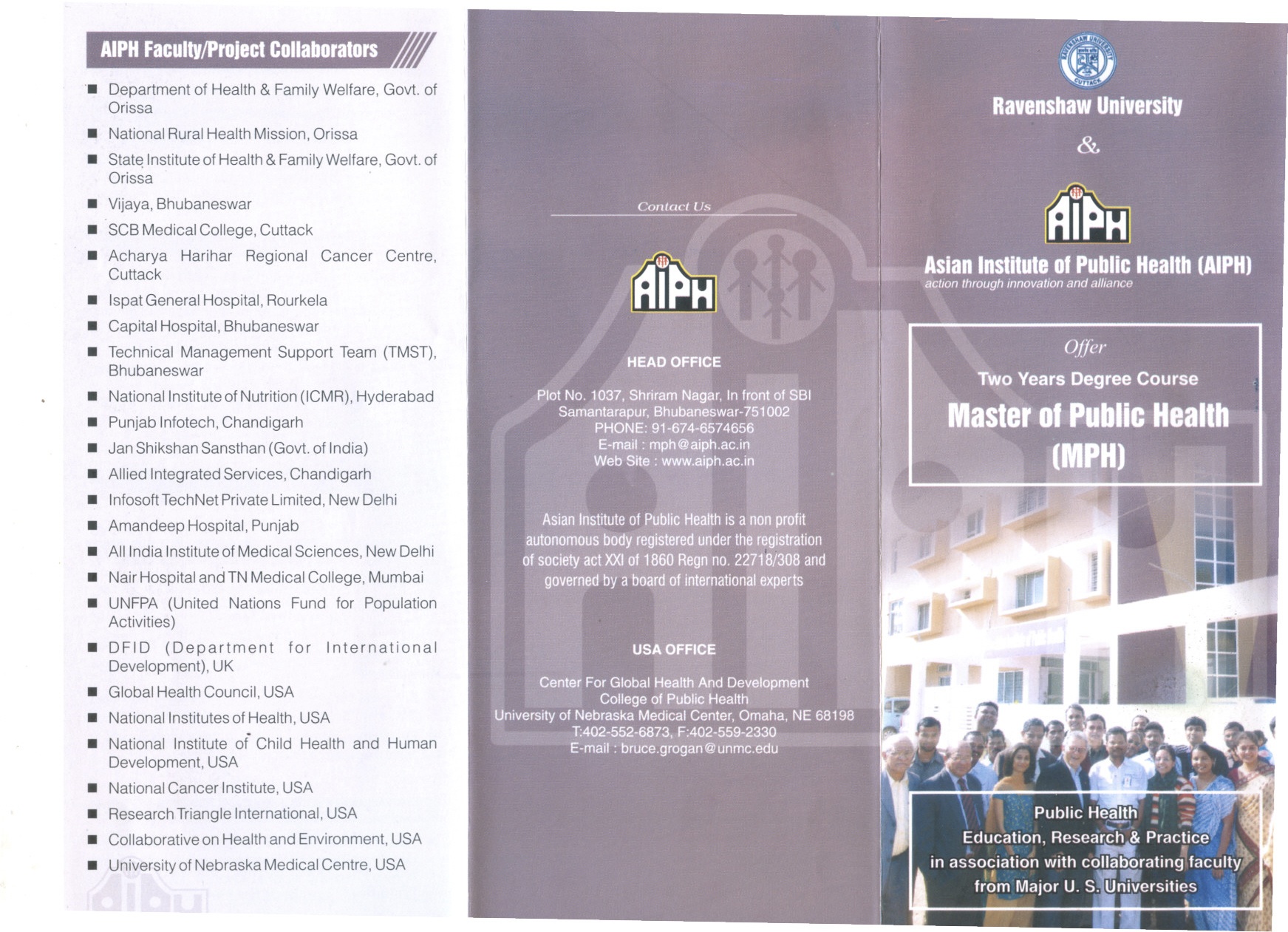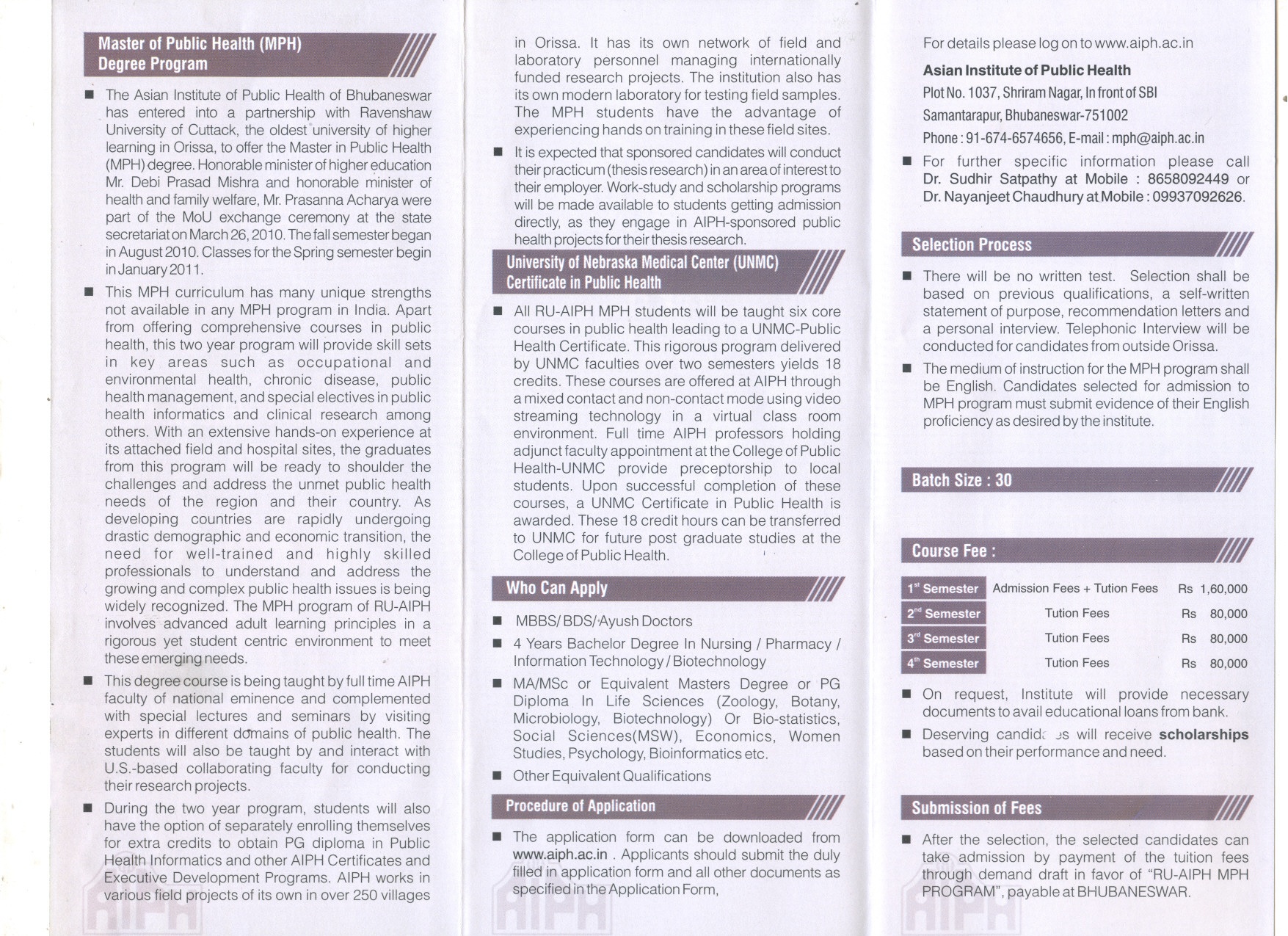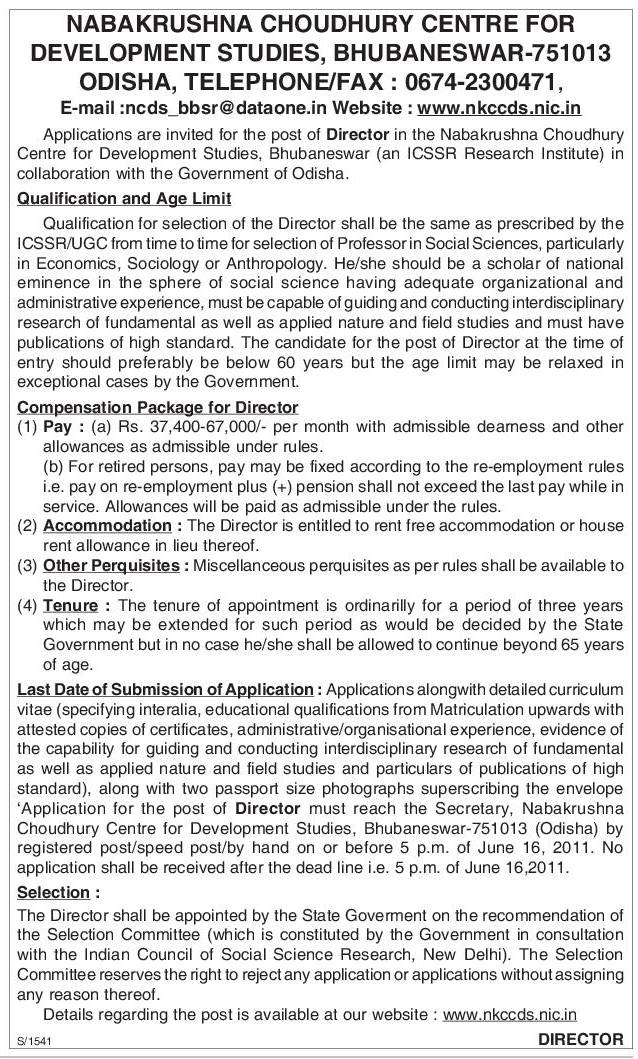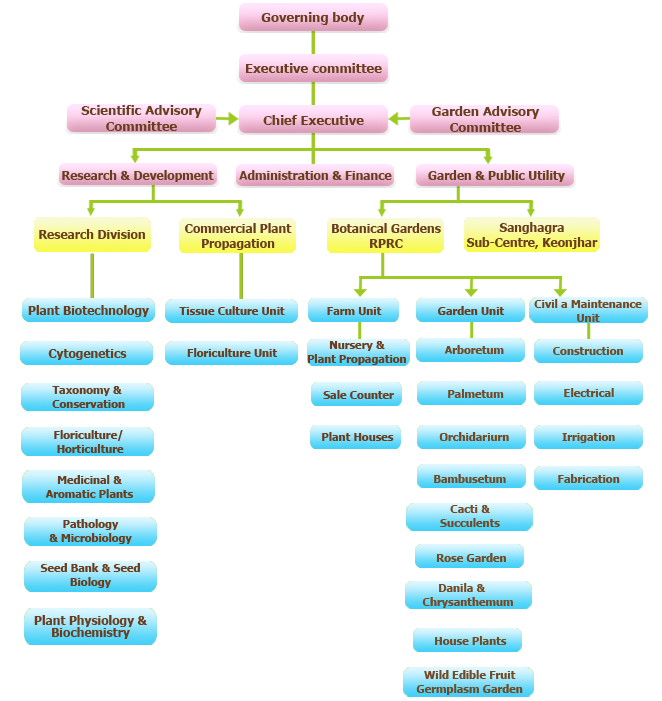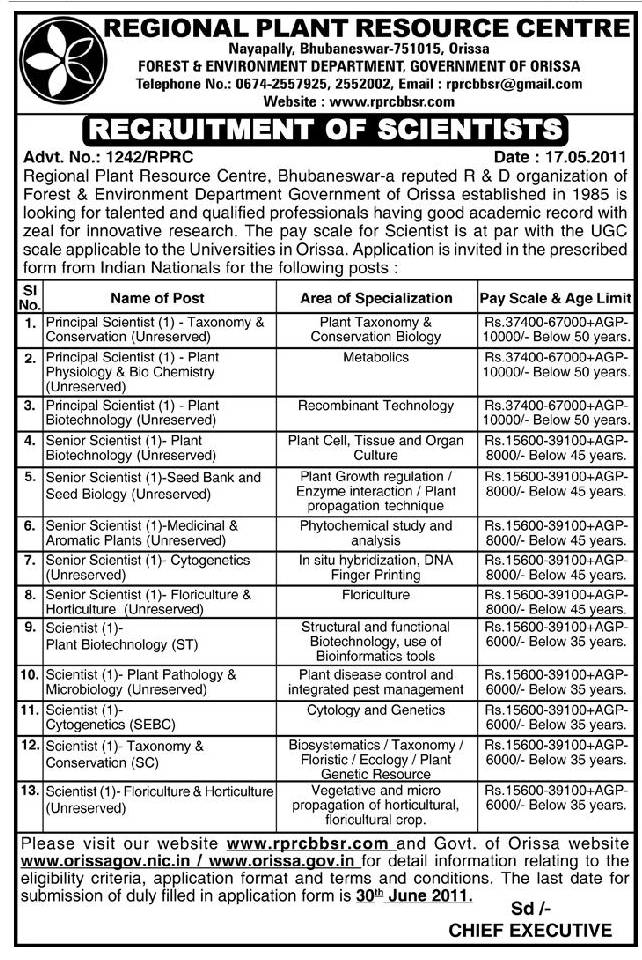It is clear that India needs a major boost to the quality of higher engineering education. Frontline research, cutting edge technology, innovation and entrepreneurship alongside teaching and mentoring are key ingredients of high- quality education. This is crucial in the context of our national development aspirations, growing economy with inclusive participation, creating opportunities for our youth and building our competitiveness in the emerging knowledge- driven global economy. The IITs are by far the only institutions which can lead this process on a scale commensurate with the needs of our country. The IITs can also help several other higher engineering education institutions, particularly those with the potential to further catalyse this process and enhance our national capability towards this objective.
The transformation of IITs into institutions that meet such an objective would mean that the IITs have a talent pool comparable with the best in the world with capability to liberally support their creativity to realize the fullest potential. It also presupposes that the IITs have a flexible governance system that can innovate management support that is specific to the needs of taking new ideas and initiatives forward. Such an environment also attracts external talent and ideas.
The IITs thus need to further enlarge and strengthen themselves as major research institutions with focus on the development of high capability human resource. This inevitably would mean considerable scale up, particularly in terms of PhD programmes. It is necessary to calibrate this process in a manner that leads to sustained augmentation of quality. The IITs are presently under considerable strain on account of rapid expansion with considerable difficulties and backlog in terms of faculty recruitment and augmentation of infrastructure. Bridging the gap between the present state and the end objective with respect to the IITs has to be a sustained long process spanning 10–15 years with most additional faculty strength inevitably coming from IIT PhDs since there are few other sources of high quality engineering PhDs within the country. Even the most aggressive recruitment of PhDs from foreign universities, which must be pursued vigorously, is unlikely to be adequate to meet domestic needs in time.
The IITs have distinguished themselves for the quality of their B.Tech degrees. IIT’s brand image is primarily due to the very distinguished performance of its B.Tech students. A distinctive feature of the IIT B.Tech programme is its co- existence with an equally large postgraduate teaching and research domains. Certain parameters of this successful programme, such as a nearly equal UG : PG proportion and student : faculty ratio of 10:1, have stood the test of time and should be preserved.
Apart from the large-scale need for high quality engineering graduates to meet the needs of various segments of demand for them, there is also the need for high performing engineering graduates to be a feed into the postgraduate programme, more particularly the PhD programme. The number of B.Techs graduating from the IITs is unlikely to be adequate for this purpose. While intense efforts have been proposed to attract IIT B.Techs into PhD programme, it is also necessary to focus on other engineering education institutions of good quality (in particular the NITs, ISERs, etc.) to become feeders for quality graduate engineers into PhD programmes of IITs.
To support a significantly expanded and high-quality PhD programme, the research infrastructure at the IITs needs considerable augmentation. While doing so, the research has to be broad-based to cover various dimensions like research on the frontiers; coordinated research involving several groups to address major areas of national priority, research to meet the needs of industry and the society, participation in the R&D needs of industry and of Government, etc. This would create holistic learning opportunities for students by exposing them to realistic hands-on experience and at the same time bringing significant resources into the IITs over a period of time.
Such an environment needs to be richly endowed and liberally supported. More important, it should have its own governance structure that can flexibly address the needs in specific cases without being constrained by the inflexibilities of governmental working. This is a prerequisite for attracting and retaining talent, which is at the core of the performance of such institutions.
It is proposed that the IITs be financially supported by the Government through plan budget to meet their infrastructure needs as well as the research needs of the Government. Research students, both at the masters and doctoral levels, should also be supported by the Government on a per student basis. The IITs should recover the full operational cost of education through fees and not derive any input through non-plan budget of the Government. A special and hassle-free bank loan arrangement has been recommended as part of the admission process to support and facilitate access to all eligible and deserving students.
We feel that it should be possible to make the IITs administratively and financially autonomous to realize the objectives enumerated above and reach the full potential of the IIT system. Key recommendations being made by the Committee include (i) self-empowered Boards comprising all key stakeholders, (ii) creating a system of mandatory peer reviews, (iii) mutually agreed respective commitments between the Government and IIT on the basis of an annual MoU duly overseen by the IIT Council, and (iv) transparency in working. The Government’s commitment to support research at the IITs to their maximum potential is an important assumption that forms the basis of the Committee’s recommendations. The Committee also feels that all the recommendations should be considered as part of a single package and accepted or rejected as a whole, and not treated in parts.
The specific recommendations of the Committee are given below:
IITs as Research Institutions
1. Make IITs the Primary Research Institutes, with a focus on high quality frontier research and technology development within the Indian context.
2. Scale up PhD students from less than 1000 PhD graduates per year today to 10,000 PhD graduates by 2020-25 from about 20 IITs (15 existing IITs plus 5 new to be set up over the next several years in states where there are no IITs).
3. Scaling PhD scholars’ admissions to include enabling bright UGs being admitted for PhD at the end of their third year, teachers from other institutes joining for PhD and significant numbers from industry joining sponsored/part-time PhD programme. It is strongly recommended that a fellowship scheme covering all categories of PhD students is in place.
4. The faculty: student ratio is 1:10; while the UG : PG ratio is close to 1:1.
5. Each IIT should aim to acquire technology leadership in at least 3 to 4 areas.
6. Research groups in one or more IITs to take up large projects together to address major national challenges
7. Set up research parks at each of the IITs similar to the IIT-M Research Park.
8. Enable Ministries to set up R&D labs in IITs to drive Technology Development relevant to national programmes being piloted by them.
9. Large-scale Executive M.Tech training programmes for industry jointly conducted with the IITs using video links.
Financial Autonomy and Governance
10. Government to financially support research at the IITs in the plan mode to realize their full potential for national needs in terms of research, technology and human resource in science, technology and entrepreneurship. For this purpose an annual outlay on the basis of Rs 1.5 lakhs per student should be made available to each of the established IITs. For the new IITs which are at present in project mode and do not have any significant endowment, an endowment grant of Rs. 50 crore per IIT (over next 5 years) may be made available to enable a degree of flexibility in academic activities.
The IITs need to expand infrastructure to support a scaled up academic and research programme as recommended above. This would also require capital funds for infrastructure expansion from the Government at Rs. 20 lakh per additional student. There is also a need to rejuvenate the existing ageing infrastructure at Rs. 5 lakh per student as existing on March 2011. Funds allotted for expansion taking place currently to accommodate OSC recommendations have been found to be inadequate and need to be increased to Rs 15 lakh per student.
11. MHRD to pay the full operating cost of education plus a scholarship for all postgraduate students (PhD, MS and M.Tech) as well as for undergraduate students from reserved category and economically weaker sections. Some merit-cum-means scholarship should also be made available to needy and deserving students. A hassle free loan facility not requiring any collateral or parental guarantee to be made a part of the admission process. No student should be denied education in an IIT after getting admission due to lack of means.
12. Except for legacy payments like old pension, the IITs are to be financially independent of the non-plan budget of the Government. Fees are to be fixed at a level to cover operational expenditure.
13. IITs are to be totally independent of MHRD for their governance and management functions. They are to be run by their Boards with all rules and regulations made by their Boards. This includes management structure, rules and regulations for faculty/staff hiring and remuneration, approving of budgets and fixing fees, expenditure rules and processes and audit processes. C&AG audit to continue based on financial rules formulated by the Boards.
14. IITs need to enhance their financial inputs through donations. The donor should be eligible for a full deduction of their contribution against their income under the Income Tax Act as is currently allowed for any grants made to Universities in India under Sec 35AC of the Income Tax Act 1961. A notification or an amendment is essential in the law to include IITs in this list.
15. IIT Boards will select and appoint a Director using a search committee process. IIT Boards will nominate the Chairman to be appointed after approval of the IIT Council.
16. The Board will consist of one representative from the Central government, one from the state government, three industry persons selected from a panel recommended by the Chairmen of CII, FICCI, ASSOCHAM and NASSCOM (in a joint meeting), three scientists selected from a panel recommended by four Indian Academy Presidents (INSA, NASI, INAE, IASC) (in a joint meeting), two alumni (who are not IIT employees), two faculty from the institute, one eminent citizen appointed by the Board, the Chairman and the Director. The panels recommended by industry association Chairmen and Presidents of Academy will need approval of the IIT Council.
17. The IITs will sign a MoU with MHRD every year in line with the aims and policies of the Government of India. The MoU should include budgets and fees approved by its Board, capital expenditure (plan money), pension money and scholarships that MHRD would provide and expansion needs (if any). It would also include aims and goals set by the IIT for the year. The MoU would need to be reviewed and approved by the IIT Council.
18. The Visitor may require the IIT Council to appoint an external review committee for each IIT once in 5 years. The report of the review committee and action taken is to be made public. The Government may require the IITs to take appropriate action in light of the findings of the review committee.
19. The emergency powers of the Visitor over the IITs are to continue.
Faculty
20. Scaling up of quality faculty is the key. It is required to scale up to 16,000 faculty members in about 10 years (from a little over 4000 currently).
21. Part-time/Adjunct faculty from industry, visiting faculty and post-doctoral in IITs to be strengthened. 22. Faculty pay-scales and remuneration is to be decided by the respective Boards. Pay-scales have to be decided within the financial constraints of the institute.
23. The Board of each IIT will decide on the roles, responsibilities and appraisal of their faculty. Faculty roles include teaching, research, technology development and industrial consultancy, as well as policy/standards development. Besides, they may be involved in administration. It is suggested that each faculty sets their yearly goals and the time they would spend in these 5 activities. At the end of each year, they would carry out a self-appraisal and provide evidence of their work. Departmental committees will review the appraisals for Assistant Professors and an institute-level committee will review the appraisals for others. Once in 5 years, an external review of these appraisals will be carried out.
24. Today, the IITs and their faculty do not have the experience and expertise to take into account the “technological development and industrial consultancy roles” played by the faculty during their appraisals and evaluation. This needs to be strengthened.
Role of Staff
25. The IIT Boards will decide on staff numbers, remuneration and pay-scales.
26. It is suggested that most staff members be hired as outsourced staff on contract. Young staff members who start their career at the IITs and work for there 5–10 years would be well trained to be absorbed in industry. This
way the IITs would get young motivated staff members. Innovation and Entrepreneurship
27. The IITs must recognize that technology development, innovation and nurturing entrepreneurship are some of their key tasks.
28. The IITs must also recognize that Innovation thrives when faculty, experienced industry persons and students interact in formal and informal environments. The creation of such an ecosystem is a necessity.
29. The B.Tech and M.Tech Curriculum is very structured and does not allow creative students to do courses across departments, take off for a semester for a start-up venture and come back or take up some project work instead of a course. The curriculum is designed for large numbers of ordinary students and not for exceptional students. This needs correction. Similarly, the IITs do not easily allow students of one branch to do MS/PhD in another. Even while hiring faculty, they look for B.Techs only in the discipline they are to teach. The system needs to adopt greater flexibility to provide greater choice to students so that they are better prepared for a chosen career option.
30. IIT faculty members have poor commercial understanding. This comes in the way of technology development or innovation. Greater interaction with industry in the product development mode should be adopted.
31. Entrepreneurship is not about space or computers; it requires nurturing a business. Only faculty who understand this should drive entrepreneurship cells.
Scaling Engineering Education with Quality in India
32. India, with its billion people, has huge demand for quality engineering education. Unfortunately, even though more than a million students are admitted to engineering colleges today, except for the IITs and some other institutions, the quality of education in most other engineering colleges is not of the desired quality. The Committee recommends a plan to create at least 100,000 quality engineering graduates per year through Central government-funded institutions alone. Hopefully, the state governments and private efforts would add to this significantly.
33. The Committee recommends identification/creation of 50 Central government-funded institutions (other than the 20 IITs) which could be nurtured with the help of young IIT faculty. These would include NITs, ISERs, NISER, IIIT and certain other institutions. This would be done through 5 enthusiastic young faculty members with a proven level of excellence for each such institution, who would be identified in consultation with the Director and Chairman of the Board of Governors for induction in the Board and Senate of these institutions. They would be tasked with driving excellence in these institutions by leveraging the IITs. An outlay of Rs. 50 lakh each should be made available to such faculty to support research in the institute with IIT collaboration.
34. With their advent at a historic cusp in the evolution of technical education in India, the new IITs present a unique opportunity for a major upward movement in the IIT system. Without the legacy of many decades of established tradition, a new IIT can boldly experiment with radically new ways of teaching, research and administration. In teaching, the shortage of experienced faculty could be turned into a benefit by judicious use of multimedia and networking technologies to augment the classroom experience. In research, apart from setting up state-of-the-art facilities, the new IITs can build collaborative relationships with like-minded institutions around the world. (Also see Appendix VII.)
In the established IITs, the Directors and Board spend much of their time and energy dealing with vexatious issues such as service conditions of long- time staff. This distracts from their ability to spend quality time on academic innovations and impact. The new IITs could devise administrative and staffing structures that avoid these vexatious issues.
The Board, the Director and the faculty of the new IITs should be selected for their openness to new ideas and should be encouraged to experiment with teaching, research and administration.
The new IITs have a unique potential to catalyse the transformation of the IIT system. Hence, they need special treatment to ensure that they realize this potential by building on the strengths of the IIT system while avoiding its weaknesses.

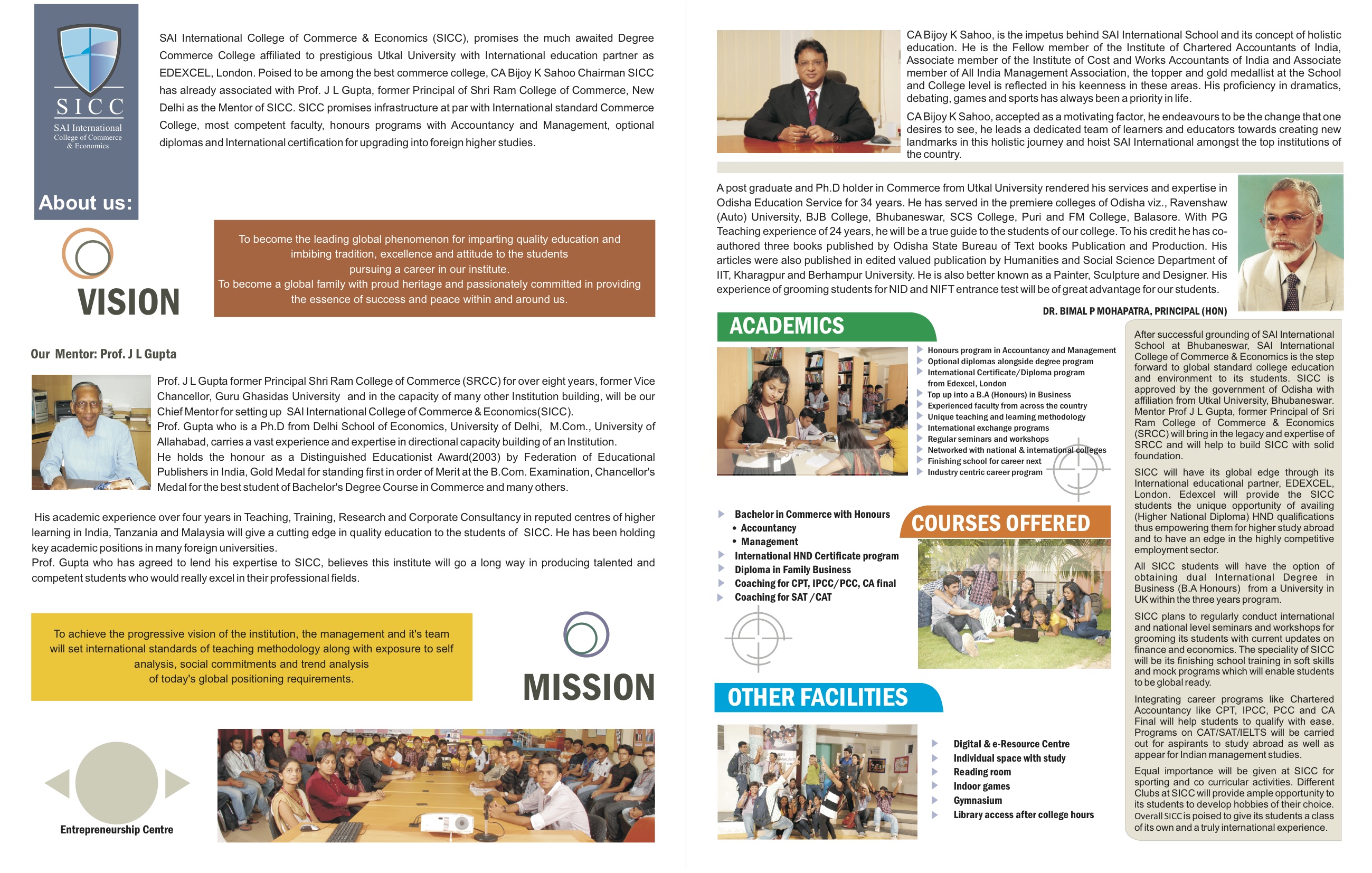

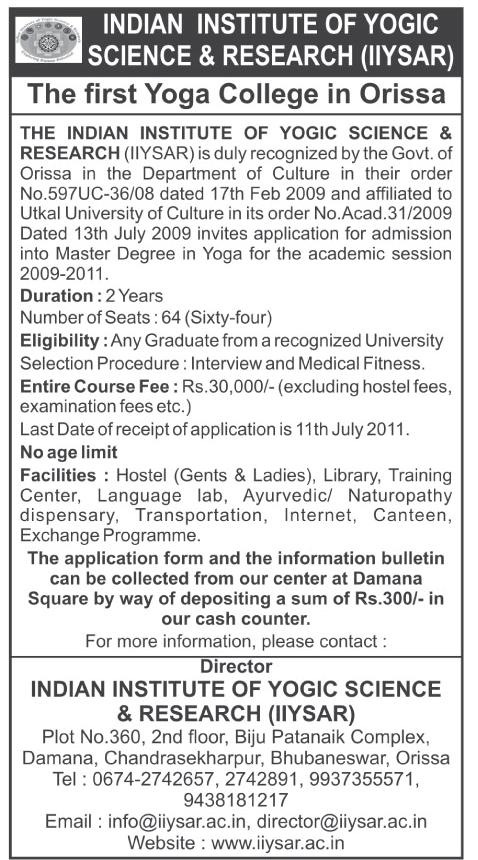
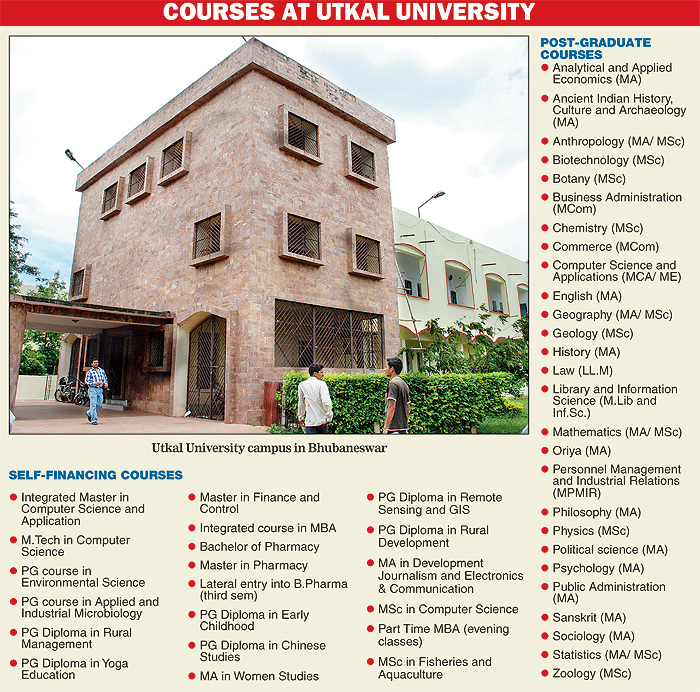
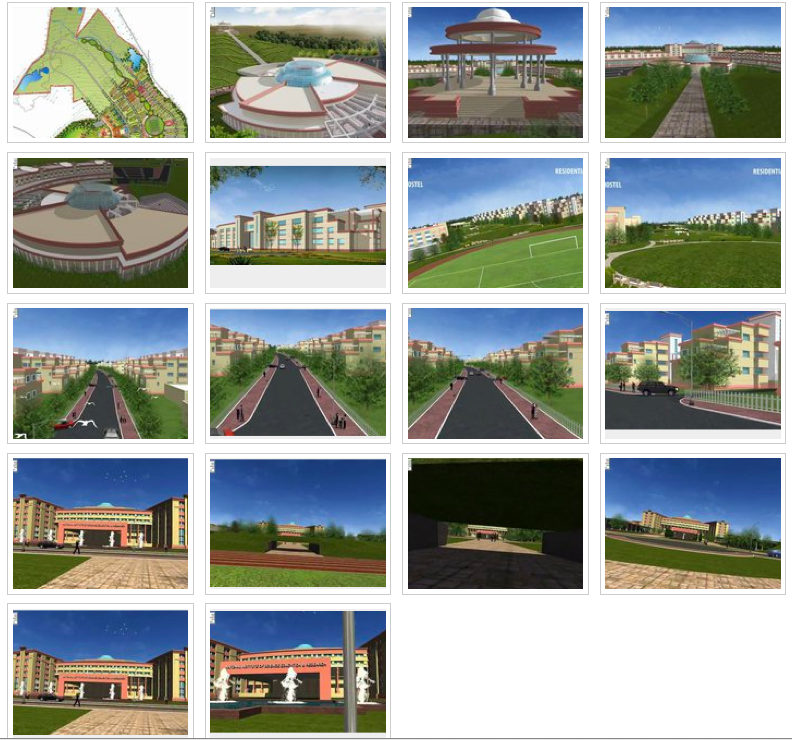
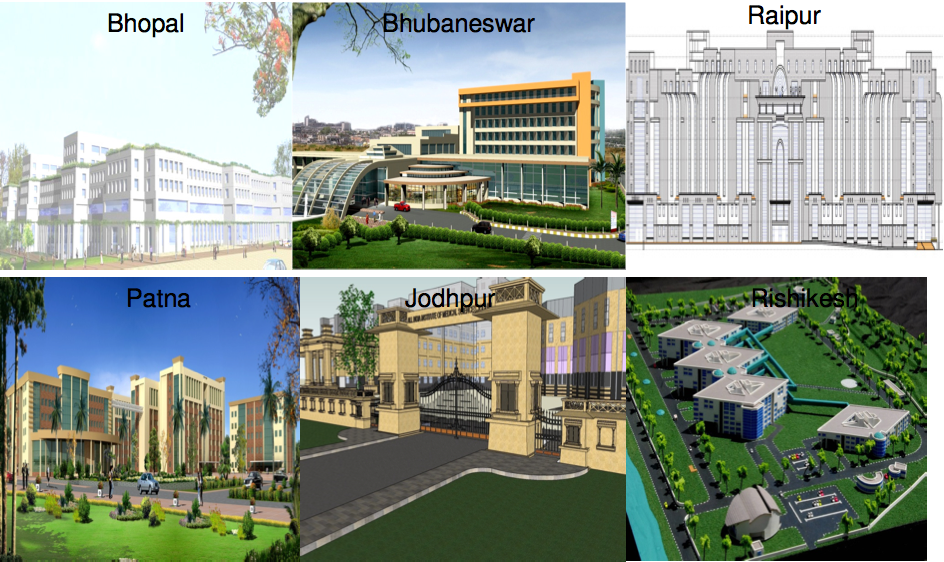 The page at
The page at 